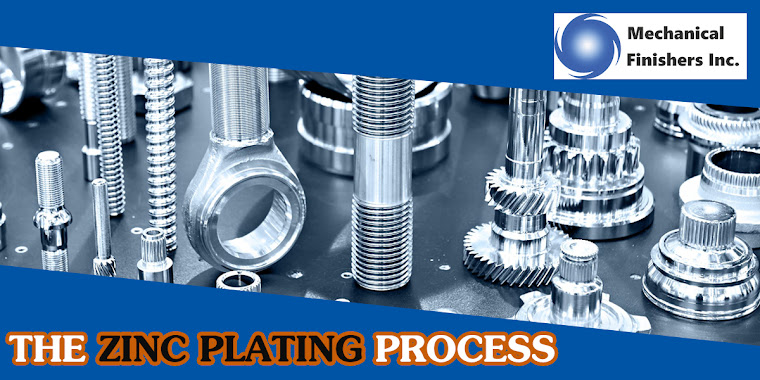The Different Steps Involved In The Zinc Plating Process
Getting to know the different steps involved in the zinc plating process can help you make the best decision for your product. In addition to ensuring the longevity of your product, zinc plating is an eco-friendly alternative to cadmium. Here are a few of the steps that you should know about:
Preparation of The Surface
Whether you are a seasoned professional or just getting started with electroplating, you must know how to properly prepare the surface before zinc plating. Fortunately, you don't have to be a rocket scientist to achieve a smooth finish.
The first step to preparing the surface before zinc plating is to properly clean the metal. In order to get the most out of this process, you'll need to eliminate surface rust, dirt, and any other contaminants. One of the most effective ways to do this is to pressure wash. This removes surface dirt and salt corrosion, which are important to the continued curing of the zinc coating. Depending on your needs, you may also need to sand the surface. If you don't have access to an abrasive blasting system, you may need to use a fine abrasive paper to achieve a smooth finish.
Electro-Plating
Plating zinc is a process which is used to deliver a protective coating to metal accessories. This process is used in industries such as auto and aircraft manufacturing. Zinc has a number of advantages, including its ability to resist corrosion and its ability to give a bright finish to metal parts. It is also a great base for painting and can be used for a number of other applications.
There are a number of chemical agents used in the zinc-plating process. The chemical agents used can change the physical traits of the final product. Some agents are used to provide corrosion protection while others are used to give a shiny finish to the metal parts. The Zinc plating process requires a specially formulated electrolyte solution. The electrolyte solution is commonly called a plating bath. This solution contains a variety of chemicals, including zinc and copper.
Also read about, Beginners Guide To Mass Finishing
Displacement Plating
During the zinc plating process, a thin zinc metal is electro-deposited onto the surface of the substrate. This is used to mitigate corrosion of iron and steel and to customize the look of the finished product. Zinc is a flexible metal that contours to the surface of the substrate and can be stretched into long, thin strands without breaking.
Zinc is a common metal alloyed with other metals to provide galvanized coatings to metal surfaces. The alloy can provide excellent corrosion protection, ideal reliability and electrical conductivity. It is also widely used in automotive applications. The zinc plating process has several advantages over other plating processes. One of the major advantages is the flexibility of the process. Zinc is relatively inexpensive and has the capability to ductile bend. Zinc plating processes are also environmentally friendly.
Barrel Plating vs Powder Coating
Depending on the application, zinc barrel plating vs powder coating can make a big difference in the finish and life of the finished product. Zinc plating is not for every application, but if you have an application requiring a hard, sacrificial coating, it might be the way to go.
Powder coating, on the other hand, is a paint like substance. It's a little more expensive to apply, but it offers a long-lasting finish. It's also easier on the environment, because there are no volatile organic compounds to worry about. Although not a new technology, zinc barrel plating vs powder coat has been a staple in the industry for quite some time. Plating is a complex process that involves the use of a number of chemicals and processes. Ultimately, it results in a sacrificial layer of zinc that protects the base metal.
Eco-Friendly Alternative to Cadmium
Zinc Plating and nickel is an environmental friendly alternative to cadmium plating. These coatings have been in use for centuries and are used in a wide variety of applications, including the solar industry. Zinc is also used in wind turbines and solar cells.
Zinc and nickel are known to be very corrosion resistant. These alloys can handle torques up to 370 inch-lbs. They also have a low coefficient of friction, which prevents galling. This is particularly important when parts will last for a long time. It also allows for routine disassembly inspections. Cadmium was once used widely in the marine industry but has now been banned in many countries. It can be hazardous to workers and is also a possible human carcinogen. It can be harmful in dust form, causing lung cancer and kidney failure.
Contact us today to learn more about the process of zinc plating, or browse our services to find the best fit for your application.

Comments
Post a Comment